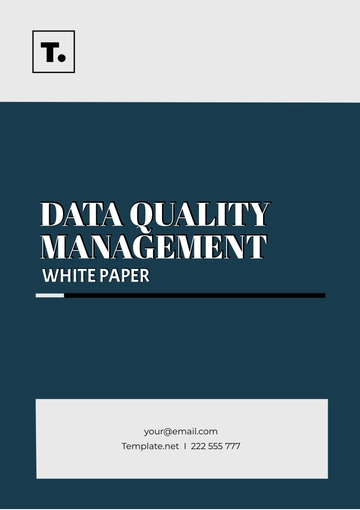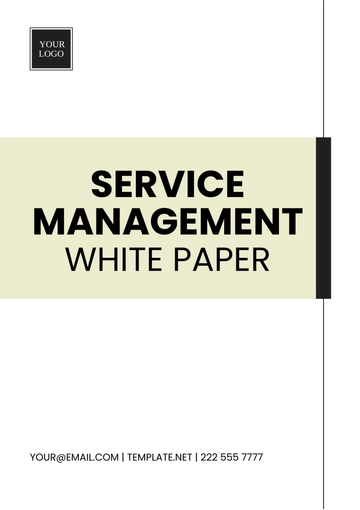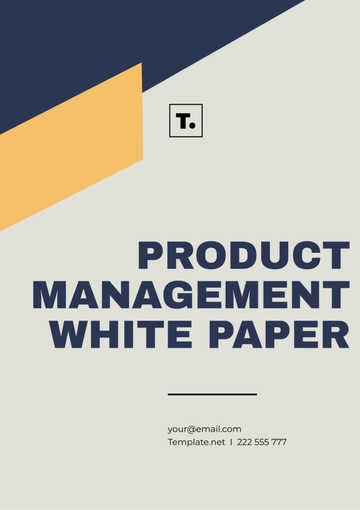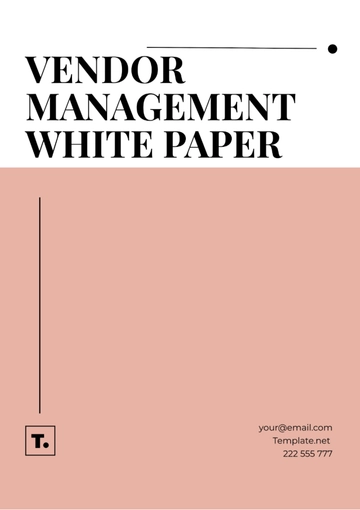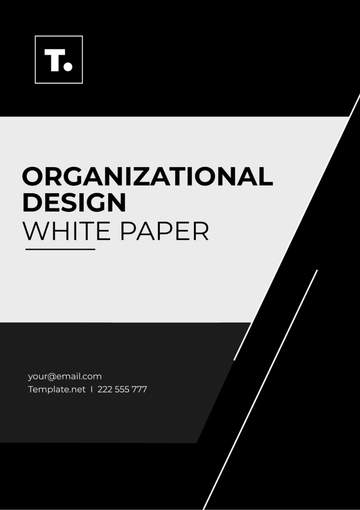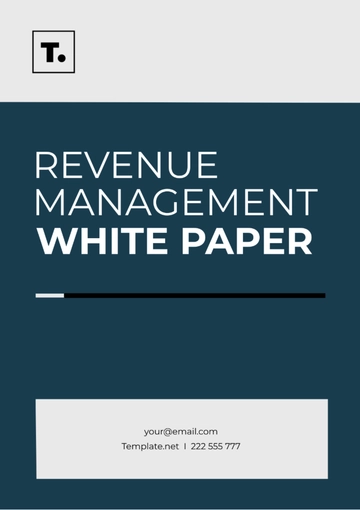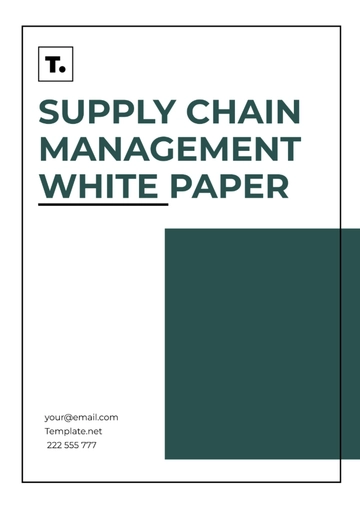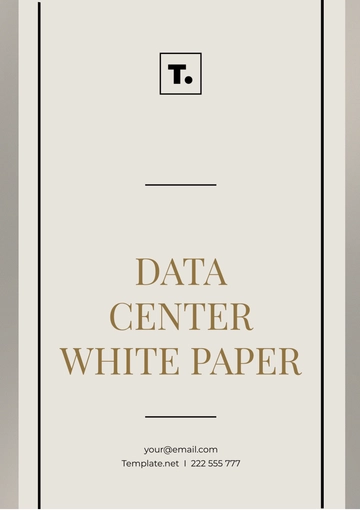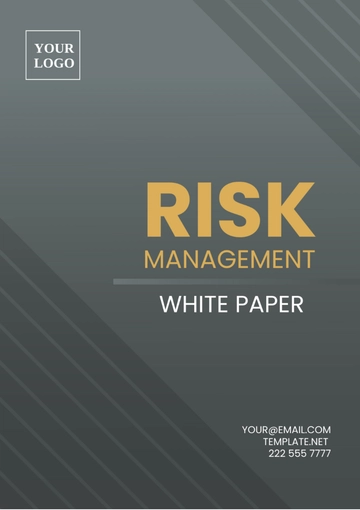Free Management White Paper

I. Executive Summary
The Executive Summary provides a succinct overview of the Management White Paper, highlighting key findings, recommendations, and insights. It serves as a snapshot for busy executives and stakeholders.

II. Introduction
A. Background
In recent years, the landscape of [Your Industry] has undergone significant transformations due to technological advancements and evolving consumer preferences.
B. Purpose
The purpose of this White Paper is to analyze current management practices within [Your Company Name] and propose strategies for enhancing organizational effectiveness and efficiency.
III. Current State Analysis
A. Industry Overview
The [Your Industry] sector is experiencing rapid growth, with a projected market value of $X trillion by [Year]. However, increasing competition and regulatory challenges pose significant threats to industry players.
B. Organizational Assessment
An assessment of [Your Company Name]'s management practices reveals strengths in innovation and customer service but identifies areas for improvement in decision-making processes and employee engagement.
IV. Management Best Practices
A. Leadership Strategies
Effective leadership is crucial for driving [Your Company Name]'s vision forward. Implementing transformational leadership techniques can inspire employees and foster a culture of innovation.
B. Decision-Making Processes
Streamlining decision-making processes through the adoption of data-driven approaches and cross-functional collaboration can expedite [Your Department]'s project timelines and improve outcomes.
C. Team Management
Promoting open communication channels and providing professional development opportunities can boost team morale and enhance productivity within [Your Department].
V. Case Studies
A. Successful Management Initiatives
Case studies from leading organizations such as [Industry Leader 1] and [Industry Leader 2] demonstrate the effectiveness of agile management methodologies in adapting to market changes and driving sustainable growth.
B. Lessons Learned
By analyzing the experiences of industry peers, [Your Company Name] can glean valuable insights into implementing successful management initiatives and avoiding common pitfalls.
VI. Recommendations
A. Strategic Recommendations
To address identified gaps in management practices, [Your Company Name] should prioritize investment in leadership development programs and establish cross-functional task forces to drive organizational change.
B. Implementation Plan
The implementation plan will involve conducting leadership workshops, revamping performance evaluation processes, and leveraging technology solutions to streamline communication and collaboration.
VII. Conclusion
In conclusion, the Management White Paper highlights the importance of continuous improvement in management practices to ensure [Your Company Name]'s competitiveness and long-term sustainability.
VIII. References
Smith, J. (Year). "The Future of [Your Industry]: Trends and Predictions." Industry Insights Journal, 15(2), 45-62.
Johnson, A. (Year). "Leadership Strategies for the Digital Age." Management Today, 28(4), 112-128.
Brown, K. (Year). "Agile Management: Lessons from Industry Leaders." Business Review Quarterly, 10(3), 75-89.
[Your Company Name]. (Year). "Internal Report: Organizational Assessment Findings."
[Your Company Name]. (Year). "Proposal for Leadership Development Program."
[Your Name]
[Your Position]
[Your Company Name]
[Your Company Number]
- 100% Customizable, free editor
- Access 1 Million+ Templates, photo’s & graphics
- Download or share as a template
- Click and replace photos, graphics, text, backgrounds
- Resize, crop, AI write & more
- Access advanced editor
Introducing our Management White Paper Template from Template.net, your go-to resource for professional document solutions. This template is fully editable and customizable, allowing you to craft comprehensive white papers with ease. Harness the power of our Ai Editor Tool to tailor each section to your organization's specific management insights and strategies. Elevate your content effortlessly with our versatile template.






